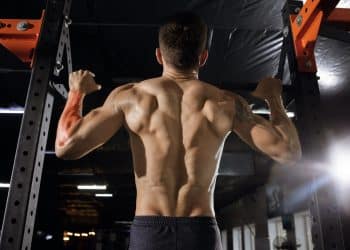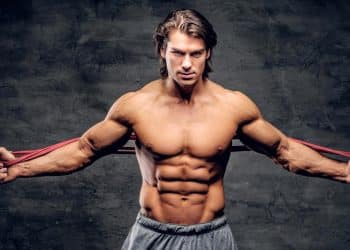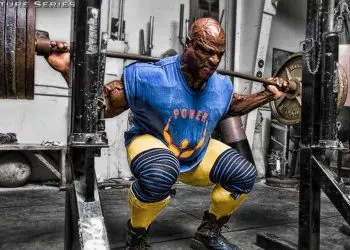Hello, and welcome again to Body Mechanics. Our topic today is the deadlift. While many will argue the true importance of this lift in comparison to the squat, but it cannot be excluded as a primary lift. They must both have a place in your training regimen no matter what your goal may be.
The deadlift is a closed kinetic chain exercise, compound lift, and a multi-joint exercise that emphasizes the posterior kinetic chain. If you’re trying to grow stronger, become bigger, or lose weight then the deadlift is a one stop shop for all your training needs.
What sets this lift apart from others is the fact that we are moving a dead weight from the start, a concentric contraction is first followed by the eccentric. This means no stored elastic energy in the muscle is transferred in the initial movement of the lift, making it that much more difficult. It is also a prerequisite to the snatch and clean in terms of biomechanics. The Olympic lifts are about raw power, and if the basic fundamental of these lifts are the same as the deadlift, then we must learn to deadlift and do it well.
The deadlift recruits an extensive amount of muscles anteriorly and especially posteriorly. The anterior recruitment patterns are the abdominal musculature, and the quadriceps. Due to the manner in which the weight is lifted our forearms are also worked which in turn improves our grip strength.
From the posterior aspect we have the muscles of that make up the back which include the erector spinae, rhomboids, traps, rear deltoids, as well as the hamstrings, gluteal musculature, and calves. As we mentioned last week our body should be thought of as a singular unit in terms of functionality. All these muscles are at work in order to complete one lift.
Level Up Your Fitness: Join our 💪 strong community in Fitness Volt Newsletter. Get daily inspiration, expert-backed workouts, nutrition tips, the latest in strength sports, and the support you need to reach your goals. Subscribe for free!
It is imperative that proper technique is practiced when performing a deadlift so lets cover the basics.
- Grasp the bar in an alternated grip, arms extended fully but not forcefully
- The bar should be grasped at a width just outside the legs
- Feet approximately shoulder width apart
- Knees should be slightly bent
- Bar is located over the balls of your feet approximately an inch away from the shin(especially during the lift)
- Hip back and up, back slightly arched, chest up, shoulders back with a neutral neck
- The movement is initiated by extending at the hips, extending at the knees and pushing through the heels of your feet
- You want to continue to lift the bar until it is approximately over the quads
- That completes one repetition, reverse the movements and lower the weight in a slow and controlled motion back to the ground
The deadlift with all its glory does unfortunately have a dark side, as ill-advised technique and form are often used. Add the complex mechanics of the exercise and it is easy to see why some are afraid of practicing this lift. The mistakes of the few scare the masses from incorporating this lift into their routine.
I can assure you that when taught properly, and practiced just as carefully the risk is minimal. The fact that the weight is loaded to the front and we must fight gravity plus the weight with a rigid torso will improve posture, and in fact strengthen the erector spinae which will prevent future injuries.
The biggest mistake I most often see is the use of too much weight. This is a double whammy, especially with the deadlift because you’re rounding the shoulders and putting more strain on the lower back which puts you at risk of injury. Always practice proper technique and remember the goal is to get better with every rep, set and breath!
Happy Lifting!





